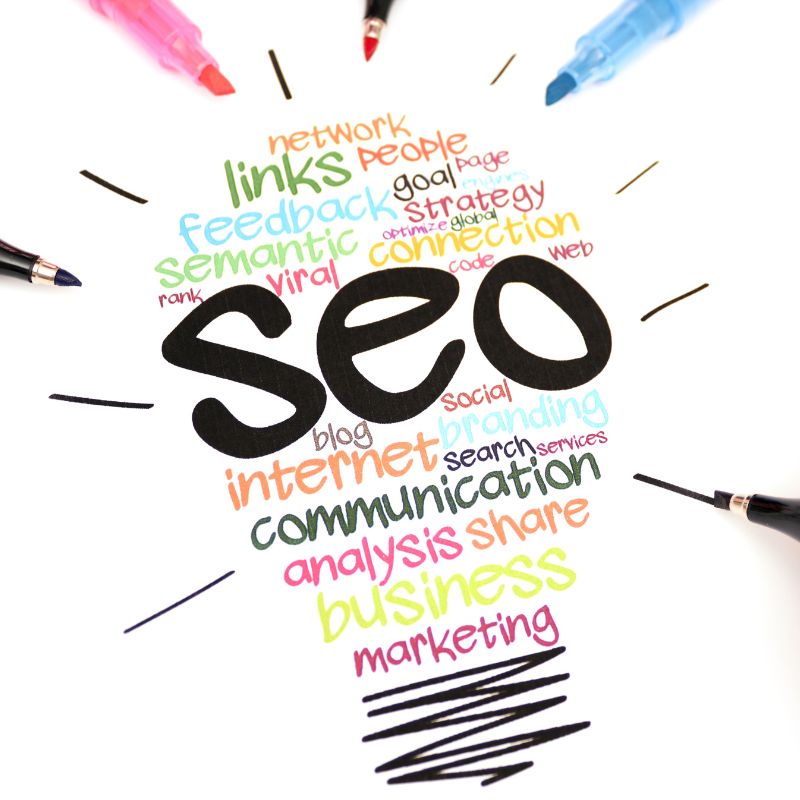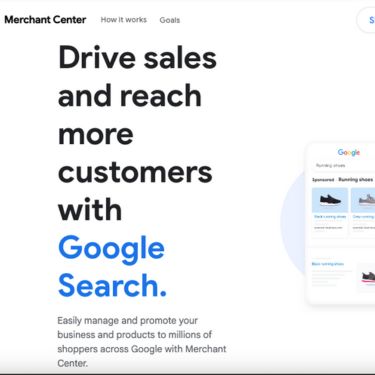As we look towards 2024, it’s crucial for business owners to brace for significant changes in email marketing, especially with Google and Yahoo’s new email sender requirements and standards. This guide simplifies these changes and outlines clear actions to ensure your email campaigns remain effective and compliant.
What’s Changing
- Email Authentication: Building Trust in Digital Communication
Email authentication is becoming more critical than ever. It’s about verifying that emails sent from your business are legitimate. This step is vital for preventing fraud and increasing email delivery success. - Simplifying Unsubscription
Making it easier for users to unsubscribe from emails is a big focus. This change is about respecting your audience’s choices and reducing unwanted emails. An easy opt-out process is essential for both user-friendliness and compliance. - Strict Spam Rate Monitoring
Keep your spam rates low; less than 0.3% of your emails should be marked as spam. This means you need to send content that engages and interests your audience to avoid being flagged as spam.
Why This Change?
What Businesses Need to Do: Practical Steps
Email Domain Evaluation & Enhance Email Security
SPF (Sender Policy Framework)
What It Is: SPF is an email authentication method used to prevent spammers from sending messages on behalf of your domain. It’s essentially a list of servers that are allowed to send email from your domain.
What It Does: When an email is sent, the receiving mail server checks this list (published in your DNS records) to verify that the email is coming from a server permitted by the domain owner. If the email comes from a server not on the list, it’s more likely to be considered spam.
DKIM (DomainKeys Identified Mail)
What It Is: DKIM is an email security standard designed to make sure messages aren’t altered in transit between the sending and receiving servers. It uses a pair of cryptographic keys – one private and one public – to verify the message.
What It Does: When you send an email, your server attaches a unique DKIM signature to the message header. The receiving server then uses the public key (published in your DNS records) to decrypt the signature and verify that the message hasn’t been tampered with and is actually from your domain.
DMARC (Domain-based Message Authentication, Reporting & Conformance)
What It Is: DMARC is a policy and reporting protocol that builds on SPF and DKIM. It allows domain owners to specify how they want email from their domain to be handled if it doesn’t pass SPF or DKIM checks.
What It Does: DMARC helps ensure that legitimate email is properly authenticated against established SPF and DKIM standards. It also provides instructions to receiving mail servers on what to do if a message from your domain doesn’t authenticate (for example, reject the message or send it to spam). Additionally, DMARC provides reports back to the domain owner about messages that pass and/or fail DMARC evaluation.
Improve Email Deliverability
Subscriber Management
Including a straightforward, one-click unsubscribe link in your emails is a key component of user-friendly email marketing. Unlike traditional methods that redirect users to a separate webpage to complete the unsubscription process, a one-click unsubscribe link immediately processes the user’s request to opt out directly from the email. This means that when a recipient clicks on this link, their email address is instantly removed from your mailing list without requiring any additional steps. This streamlined approach not only enhances the user experience by making it effortless to unsubscribe but also demonstrates respect for the recipient’s inbox preferences. Check out the example below we received from a Constant Contact marketing email. As you can see, there is an easily accessible “unsubscribe” link you can click without even opening the email.




